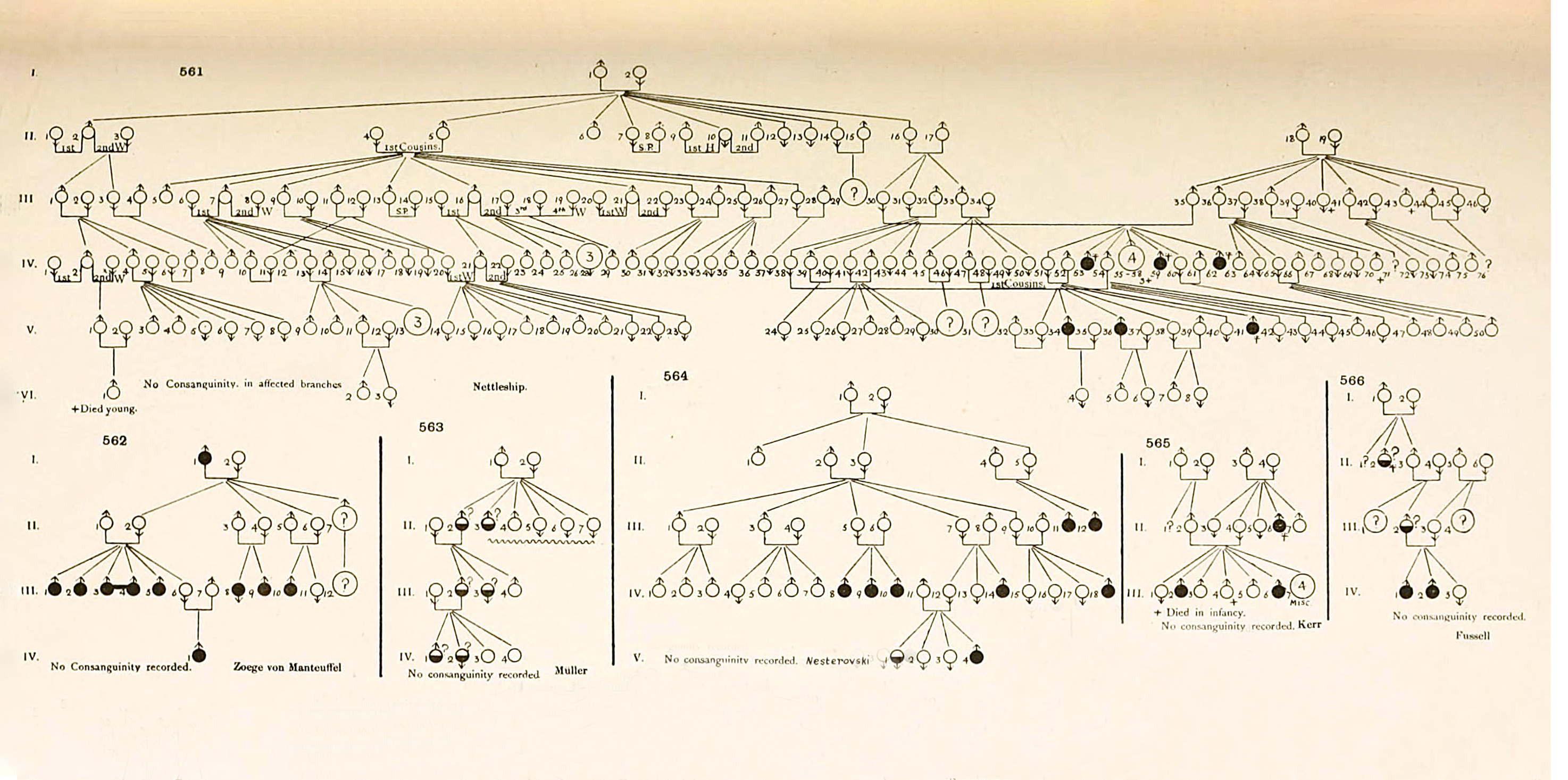
From the Externalization of the Psyche to the Implantation of Technology
Excerpt:
In 1877 Sir Francis Galton, a statistician and a cousin of Charles Darwin, a founder of eugenics (a project of social betterment through planned breeding), and the author of highly influential psychological texts, pioneered a procedure of making composite photographs which proliferated widely in the next three decades. Fabricated by a process of successive registration and exposure of portraits onto a single plate, Galton's composites were thought to constitute true statistic averages, representing human types -- a criminal, a prostitute, an Englishman, a Jew, and others. Galton wrote about his composite pictures that they are "much more than averages; they are rather the equivalents of those large statistical tables whose totals, divided by the number of classes and entered on the bottom line, are the averages. They are real generalizations, because they include the whole of the material under consideration."
Galton not only claimed that "the ideal faces obtained by the method of composite portraiture appear to have a great deal in common with...so-called abstract ideas" but in fact he proposed to rename abstract ideas "cumulative ideas." In contrast to the human mind, "a most imperfect apparatus for the elaboration of general ideas," Galton championed his composite photographs, which, being mechanical and precise, were much more reliable for arriving at abstract representations.
With his photographs, Galton not only proposed that universals may be represented through generic images; he actually objectified and materialized them. Plato's ideas were given concrete form: they could now be touched, copied, fabricated, multiplied, distributed, etc. Galton's belief that his composite photographs gave abstract ideas material tangible form is just one example of a more general modern phenomenon. This phenomenon can be called externalization of the mind. It shows itself in two ways. On the one hand, we witness recurrent claims by the users of new visual technologies, from Galton to Jaron Lanier, that these technologies externalize and objectify the mind. On the other hand, modern psychological theories of the mind, from Freud to cognitive psychology, also equate mental processes with external, technologically generated visual forms.
What to make of this desire to externalize the mind? In this essay, I will relate it to the demand of modern mass society for standardization. The subjects have to be standardized, and the means by which they are standardized need to be standardized as well. Hence the objectification of internal, private mental processes, and their equation with external visual forms which can be easily manipulated, mass produced, and standardized on its own. The private and individual is translated into the public and becomes regulated.
What before was a mental process, a uniquely individual state, now became part of a public sphere. Unobservable and interior processes and representations were taken out of individual heads and put outside - as drawings, photographs and other visual forms. Now they could be discussed in public, employed in teaching and propaganda, standardized, and mass-distributed. What was private became public. What was unique became mass-produced. What was hidden in an individual's mind became shared.
